Flavor characteristics of Brazilian suntan yellow bourbon coffee introduction to Brazilian coe Champion Queen Manor Coffee
The four most common treatment methods of Brazilian coffee are: natural solarization, desizing, semi-washing and water washing, of which natural solarization is the most popular. Natural solarization is very popular in Brazil's two main producing areas, Serrado Minero (Cerrado Mineiro) and Mogiana Paulista (Mogiana Paulista), because the harvest season is the dry season of the year. Natural solarization
Natural solarization is very different from the water washing used in other Central American countries and Colombia, and since the word "Unwashed" does not fully summarize the essence of this process, Brazilians eventually chose the same term "Natural" as Ethiopian coffee. However, it should be noted that there is a difference between the natural sun method in Brazil and the traditional Ethiopian sun method. What Brazilians call "natural sun" refers to the process of picking coffee rather than the traditional treatment process, because Brazilians allow coffee to fully absorb sunlight on the branches and fully mature.
In Brazil, people put the freshly picked fruit on the terrace to dry, and the dried fruit is called "Boia" (English "ball", that is, "ball"). As I said before, all coffee is picked unpicked, so many of the coffee fruits are overripe during the drying process and dry like raisins. In more modern plantations, workers screen the coffee before drying and peel off the immature fruit by putting all the fruit in a water tank, which floats on the surface of the water because of its lighter weight. Workers can use siphon devices to remove the floating fruit. But in relatively backward plantations, workers do not have enough cash equipment to completely peel off immature fruit, which is why many Brazilian sun-cured coffee are mixed with so many immature beans.
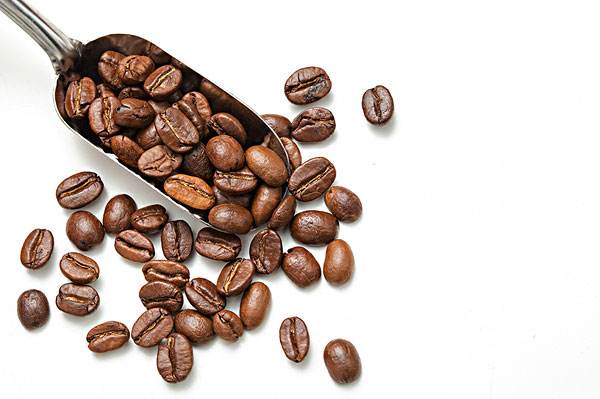
Traditionally, sun-treated coffee usually tastes of leather, tobacco and wood, but the Brazilian natural sun gives the coffee a sweet taste and a balanced fruit aroma. Dr. Flavio Flavio Borem, from the Federal University of Lavelas (UFLA), has conducted in-depth research on the natural sun treatment of raw coffee beans. According to his theory, when using the natural sun method to treat raw coffee beans, in order to ensure the high quality of coffee, people must strictly control the metabolic rate of coffee beans in the drying process to maximize the sweetness, taste complexity and mellow thickness of coffee. Only by strictly controlling the external temperature in the drying process and the speed of fruit drying, can people ensure the integrity of coffee cell structure. In the process of drying, the cell wall of coffee cells is easily damaged. Once the cell structure is destroyed, the quality of coffee can not be guaranteed.
Washing method
Finally, let's talk about washing. Although many Brazilian coffee growers have recently expressed a strong interest in washing, the demand for this kind of coffee is still not high in domestic and foreign markets. The reason is that washed Brazilian coffee has a poor reputation in the international market, and washing technology in Brazil started relatively late, not yet mature. The treatment of washed coffee is very similar to that of semi-washed coffee, but it needs to be fermented to remove mucus from the surface of raw beans. Washed coffee usually has a pure taste and pleasant acidity.
Brazil sun yellow bourbon coffee beans-the difference between sun and water washing
Brazil is vividly compared to the "giant" and "monarch" of the coffee world. There are about 3.97 billion coffee trees there, and small farmers now grow 75% of Brazil's total coffee production. The number of people engaged in coffee production in Brazil is twice or even three times that of Colombia, which is the second largest coffee producer in the world. Brazil has many large farms and operates endless coffee plantations. They use machines to harvest and dry. The efficiency of automation is so high that coffee is regarded as a general agricultural material, abandoning flavor and flavor completely. As a result, many select coffee companies simply do not sell Brazilian beans so as not to demean themselves. In select coffee shops, there are still occasional Brazilian "santos" coffee, but they are all "Bourbon Santos" (bourban santos) rather than low-priced "Ping Dou Santos". Santos is a descendant of the bourbon species, hence the name for the port of Santos export. In the first three or four years before the coffee tree began to bear fruit, the beans were small and curved, with excellent flavor, and became the "Bourbon Santos". After that, the beans became bigger, flat in shape, no longer bent, and became "flat bean Santos". The flavor was not as good as before. Brazilian coffee can be found everywhere in Taiwan, but most of them are flat bean Santos. In fact, there are still high-quality coffee beans in various parts of Brazil, which will be sold on the market under their own name and are no longer commonly known as "Brazilian coffee." Some farms still retain the old bourbon species, with small particles of raw beans, obvious bending, red silk on the central line and the nickname "red center". Bourbon beans taste full, strong aroma, like drinking old wine, it is very worthwhile to try coffee beans with strong aroma, moderate bitterness, high texture acidity, soft taste, low acidity and endless aftertaste. The taste of Brazilian coffee has a low sour taste, with the sweet and bitter taste of coffee, the entrance is very smooth, but also with a hint of grass aroma, slightly bitter in the fragrance, smooth and smooth, with a pleasant aftertaste. There are no outstanding advantages for Brazilian coffee, but there are no obvious drawbacks, such as mild and smooth taste, low acidity and moderate mellow. Brazilian coffee generally refers to coffee produced in Brazil. There is a wide variety of Brazilian coffee, the vast majority of which are unwashed and sun-dried, classified according to the name of the state of origin and the port of transport. Brazil has 21 states and 17 states produce coffee, but four of them produce the largest, accounting for 98% of the country's total output. Brazilian coffee has a low sour taste, with the sweet and bitter taste of coffee, the entrance is very smooth, and with a hint of grass aroma, slightly bitter in the fragrance, smooth and smooth, the aftertaste can make people lively and pleasant Brazilian coffee generally refers to the coffee produced in Brazil. There are many kinds of coffee in Brazil, most of which are unwashed and sun-dried, and are classified according to the name of the state of origin and the port of transport.
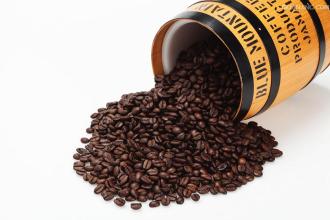
From the Brazilian Queen Manor class yellow bourbon, the sweetness is full and ripe, and has a rich fruit flavor and a lasting aftertaste, which is full of praise. The single product is used to boil in an American coffee pot or to make the spindle sweetness of espresso formula beans, which makes professional experts satisfied and listed as a necessary purchase list!
Huang bourbon's beans are sweet, clean and half-sun (or half-washed) will make her slightly sour but with tropical fruit aromas, especially the overflowing aroma of cooking.
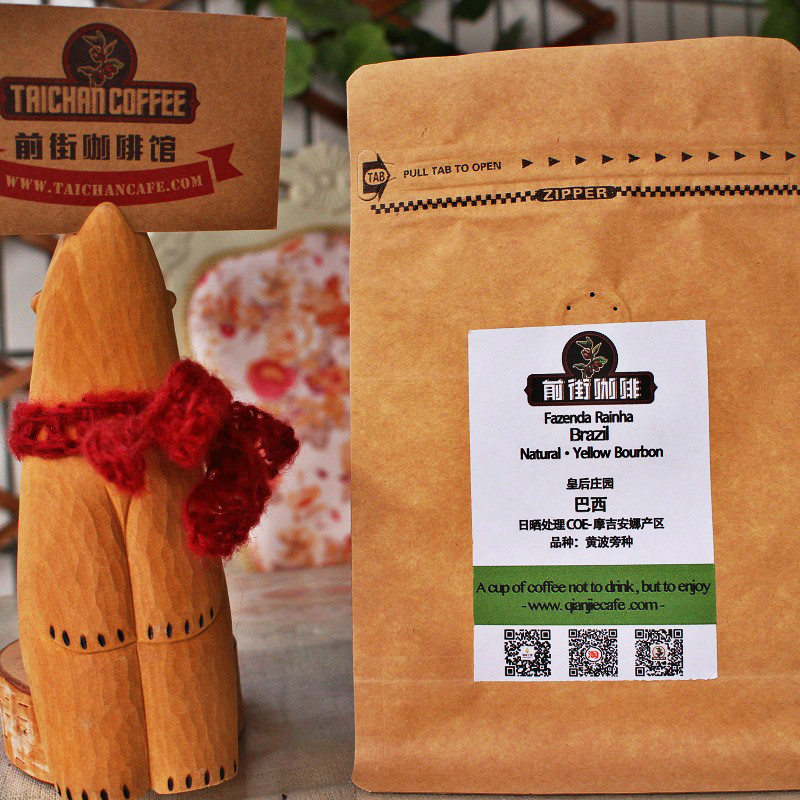
Purchase link: https://item.taobao.com/item.htm?spm=a1z10.3-c.w4002-15673140470.12.7830aa49scIymf&id=544860692645
Important Notice :
前街咖啡 FrontStreet Coffee has moved to new addredd:
FrontStreet Coffee Address: 315,Donghua East Road,GuangZhou
Tel:020 38364473
- Prev
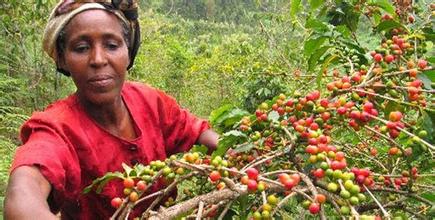
Description of taste and flavor of Ethiopian coffee honey kiss introduction to manors in producing areas
Joseph Brodsky, founder of Ninety +, who describes the taste and flavor of Ethiopian coffee varieties, has long discovered that all the world's high-quality raw coffee beans originated in Ethiopia, and that the tastes of many different varieties are no less than 10, 000 grapes into 1 million different wines. Ninety percent of raw beans come from the original varieties of Ethiopia, including Pakistan.
- Next
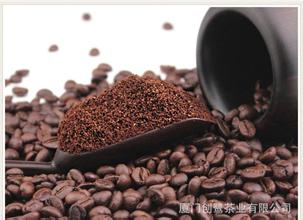
Flavor description of coffee beans in Honduras introduction to the producing areas of fine coffee beans with grinding scale
Flavor description of Honduran coffee beans grinding scale boutique coffee bean production area introduction Honduran coffee is introduced from El Salvador. At first coffee production was in a state of unavoidable heat until the frost in Brazil in 1975. At that time, Brazil was hard hit and coffee production plummeted, while Honduras took the opportunity to take advantage of the surge in coffee production from 500000 bags to 1.8 million bags and was ransacked. From there
Related
- Detailed explanation of Jadeite planting Land in Panamanian Jadeite Manor introduction to the grading system of Jadeite competitive bidding, Red bid, Green bid and Rose Summer
- Story of Coffee planting in Brenka region of Costa Rica Stonehenge Manor anaerobic heavy honey treatment of flavor mouth
- What's on the barrel of Blue Mountain Coffee beans?
- Can American coffee also pull flowers? How to use hot American style to pull out a good-looking pattern?
- Can you make a cold extract with coffee beans? What is the right proportion for cold-extracted coffee formula?
- Indonesian PWN Gold Mandrine Coffee Origin Features Flavor How to Chong? Mandolin coffee is American.
- A brief introduction to the flavor characteristics of Brazilian yellow bourbon coffee beans
- What is the effect of different water quality on the flavor of cold-extracted coffee? What kind of water is best for brewing coffee?
- Why do you think of Rose Summer whenever you mention Panamanian coffee?
- Introduction to the characteristics of authentic blue mountain coffee bean producing areas? What is the CIB Coffee Authority in Jamaica?

